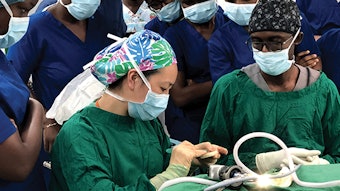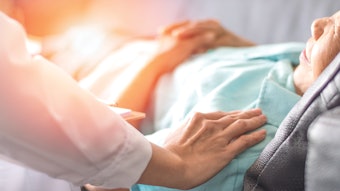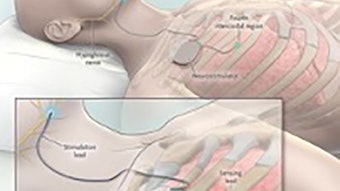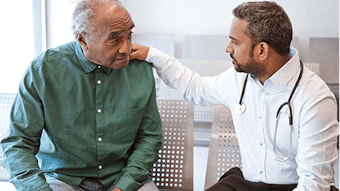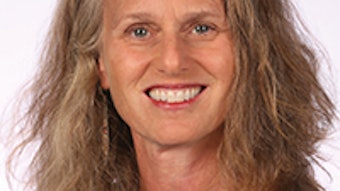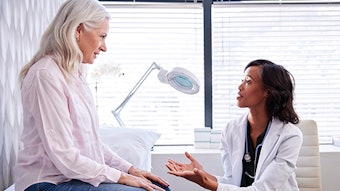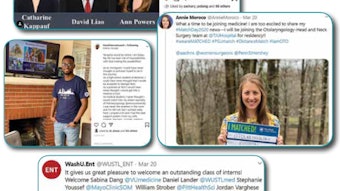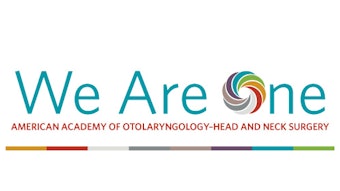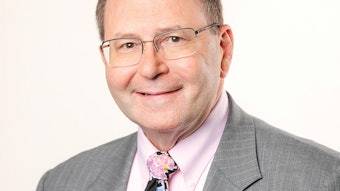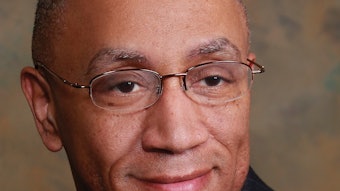Transition to In-office Treatments: Sleep
Otolaryngologists are fast recognized by the public, government, and industry as leaders in the management of obstructive sleep apnea (OSA). With a prevalence that is estimated to approach 14 percent of the population, OSA is not simple to treat, and patients benefit from a personalized approach.
Ofer Jacobowitz, MD, PhD
Otolaryngologists are fast recognized by the public, government, and industry as leaders in the management of obstructive sleep apnea (OSA). With a prevalence that is estimated to approach 14 percent of the population, OSA is not simple to treat, and patients benefit from a personalized approach. Otolaryngologists can prescribe and facilitate treatment of positive airway pressure (PAP) devices, fit oral appliances, and perform procedures to treat the nasal airway and the soft palate, all in the office/clinic setting.
The Nose, Up-front
The nasal airway is fundamental for PAP treatment success and for sleep quality even in absence of OSA, and otolaryngologists are the experts who critically assess and treat the nasal airway, medically and surgically. Both nasal obstruction and use of “full face,” oronasal interfaces may result in higher pressures, leaks, discomfort, and treatment failure.
There has been a major transition in nasal procedures from the OR to the clinic setting. While inferior turbinate injection with steroids and radiofrequency-mediated thermal reduction have been performed under local anesthesia for decades, the menu has grown. With greater comfort in the application of local anesthesia and new or improved devices, microdebrider-assisted turbinate and swell body reduction and nasal polypectomy may be safely performed in the office. Simply apply lidocaine- or tetracaine-soaked pledgets for 15-20 minutes, allowing for painless anesthetic injections and consequently, well-tolerated procedures, in my experience.
Nasal valve obstruction can now be treated in the office in selected patients who respond to a modified Cottle maneuver. The Latera implants can be delivered using a hollow canula device under local anesthesia of the nasal rim and lateral nose to treat nasal valve obstruction. With the Vivaer device, temperature-controlled radiofrequency is applied with pressure to modify the lateral nasal wall/valve using only intranasal local anesthesia. Both treatments are rapid, easily performed, and have shown improvement in nasal obstruction scores to a similar extent obtained by major surgery in selected patients.
Even septoplasty is an in-office option in selected patients, performed under local anesthesia or with minimal sedation. To reduce invasiveness, one may use septal burs, and more limited flap elevations. Traditional septal modification with standard instruments is also possible, in selected patients, per surgeon’s comfort. More recently, I have been performing balloon-assisted septoplasty, using the Relieva TRACT nasal dilation system, which allows for septal mobilization and easier dissection and removal of septal spurs. Many options are thus available at reduced cost to patients and greater efficiency for the otolaryngologists.
Oral Appliances, in Your Hands
Oral Appliance Therapy (OAT) is a proven treatment for snoring and OSA, usually preferred over PAP by patients. OAT is not a “dental treatment” but a medical treatment for a medical disorder, performed by otolaryngologists or qualified dentists, as supported by a position statement of the AAO-HNSF. Appliances may be used for primary treatment of OSA, after upper airway surgery, or with positional treatment or PAP.
Since appliances are anchored by the dentition and gingiva, dental optimization by a dentist is a prerequisite. Treatment risks include occlusal changes, discomfort, partial efficacy, or failure, and these must be accepted by the patient. Thermoplastic, or “boil and bite,” appliances, are inexpensive and immediately available, although not as durable as custom, lab-made appliances and not covered by some carriers. They can often be used as an adjunct to PAP (e.g., for travel). Custom appliances are preferred but require hands-on training for production and fitting and manufacturing by a dental lab at a cost. Introductory courses for OAT are available at the AAO-HNSF Annual Meeting.
OAT is usually covered by commercial insurance carriers, but policy review and precertification or predetermination are advised for those beginning to implement OAT. Some carriers require a prior 45-day trial of PAP therapy. CMS carriers exclude medical doctors from fitting oral appliances, although the rationale is not evidence based. The great benefit to patients with OAT by otolaryngologists is access and affordability, as dentists rarely accept insurance payments in full and patients may be left untreated.
The Palatal Menu
Snoring is a very important issue for patients and their families. Snoring is difficult to treat and usually responds to some combination of lifestyle modification (alcohol and smoking reduction), nonsupine positioning, weight loss, nasal optimization, OAT, and palatal modification in the office. Many patients prefer an office palatal procedure to an ongoing treatment but should be advised that effect may be partial and not permanent.
To reduce palatal vibrations, options include stiffening, shortening, and suspension. Gargling with liquid topical anesthetic repeatedly facilitates injection of local anesthetics for palatal modification. Premedication with Tylenol or NSAIDS is beneficial. The uvula should not be removed but may be shortened. The palate may be easily stiffened by chemical injection, thermal ablation (i.e., radiofrequency), or insertion of implants. The Pillar implants are no longer available, but Elevo implants are a newer option. Concurrently, I often shorten the palate using scissor and forceps, targeting the lateral webbing of the posterior pillar. For some, I use barbed sutures to suspend and stiffen the palate. For post-op management, NSAIDS, “magic” mouthwash, and Carafate may be used, as appropriate.
Many options and many treatments are in our hands. Our patients benefit from personalized care in a single location by the experts of the upper airway.
By the way, for sleep in the office, it would be great for us all to get sleep pods where we can take a power nap.
Author disclosure: Consultant for Aerin Medical, whose Vivaer device is used for nasal airway modification
